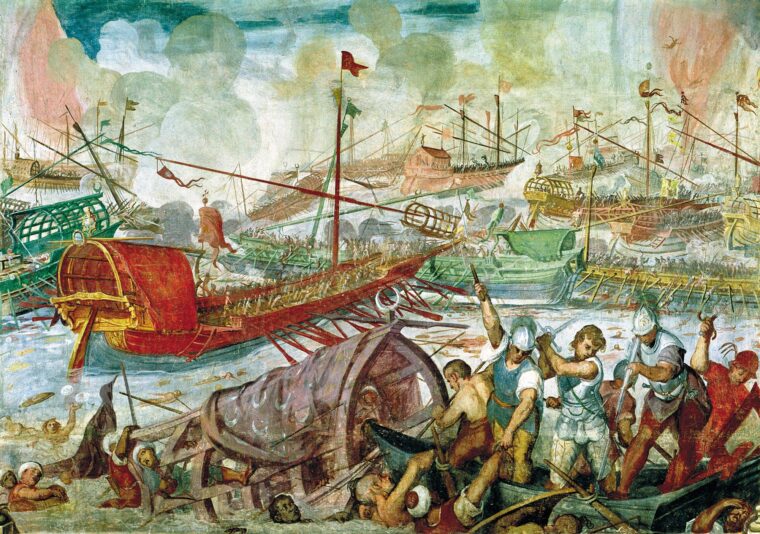
Ancient Rome
Mark Antony’s Roman Navy: Clash at Actium & the Ionian Sea
By Joesph HorodyskiJulius Caesar’s assassination on the ides of March, 44 bc left Rome without a clear and decisive leader. Read more
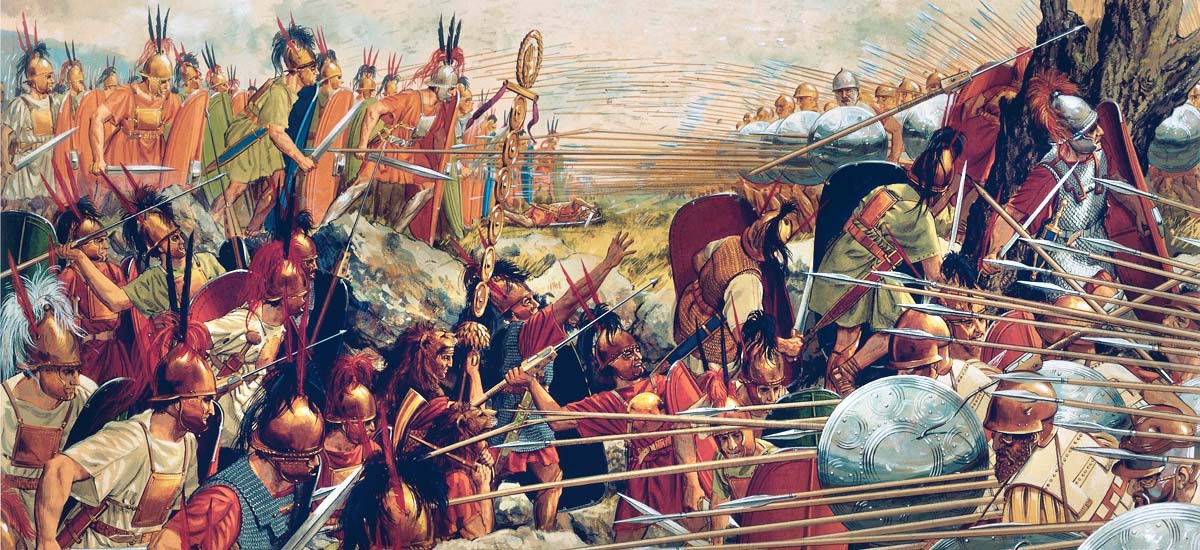
The Roman Empire, which at times included much of the known world, came into being following the five centuries of the Republican period in the history of Rome. The Roman Empire was founded in 27 B.C. and existed as a unified entity until approximately A.D. 480. During this period, the Roman Empire extended from the Middle East to the British Isles. The Roman Empire is remembered for its influence of language, law, military operations, and culture. The Roman Empire was ruled by a succession of emperors, and a 200-year period of peace that began with the reign of Caesar Augustus is known today as the “Pax Romana.”

Ancient Rome
Julius Caesar’s assassination on the ides of March, 44 bc left Rome without a clear and decisive leader. Read more
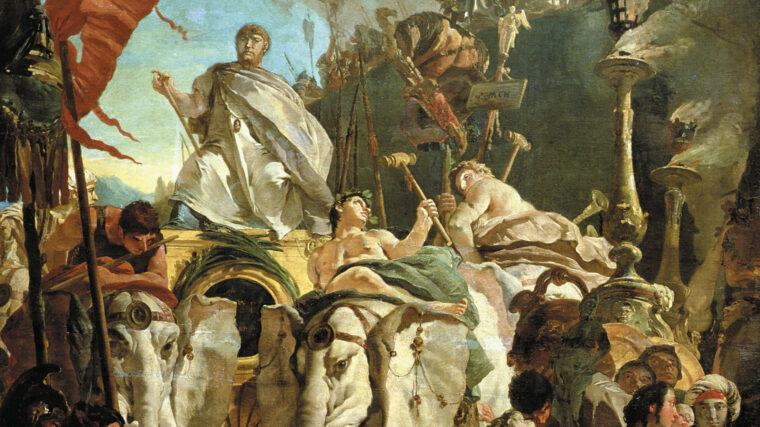
Ancient Rome
By the middle of the 4th century bc, the Roman Empire had steadily expanded its reach into the southern half of Italy. Read more

Ancient Rome
In many ways, Flavius Aetius personified the tumultuous changes that rocked the Western Roman Empire during its final years. Read more
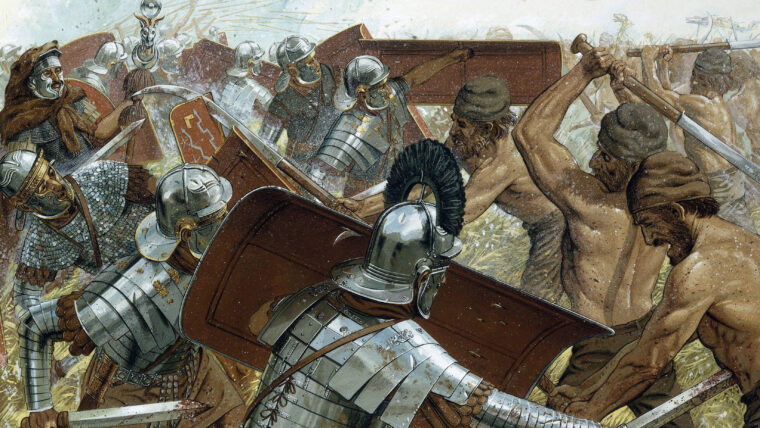
Ancient Rome
Arminius, war leader of the Cherusci, a powerful German tribe on the east bank of the Rhine, was livid. Read more
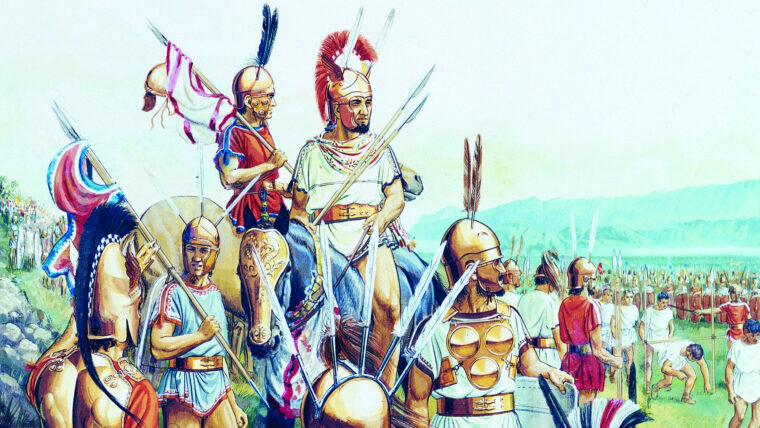
Ancient Rome
Centuries before the Romans came to dominate the Mediterranean basin, they fought a series of wars against neighboring peoples to establish their hegemony over the Italian peninsula. Read more
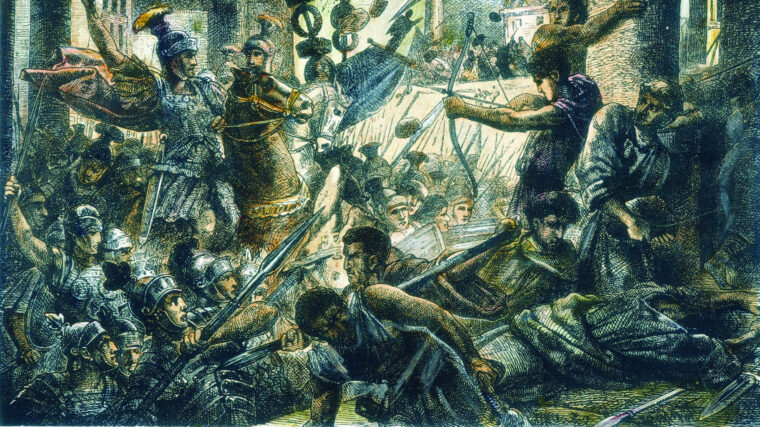
Ancient Rome
By the winter of 82 bc, the Roman civil war had been raging off and on for six years. Read more
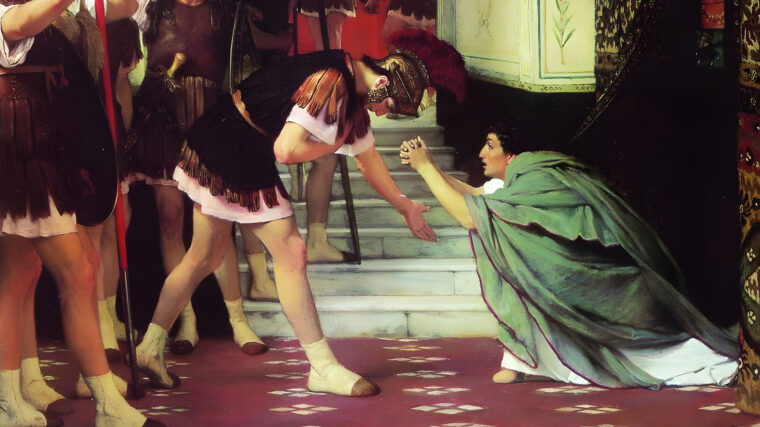
Ancient Rome
Its name has become synonymous with intrigue, conspiracy, betrayal, and assassination. It was responsible for the overthrow, abandonment, or murder of 15 out of the first 48 emperors who governed Rome between 27 bc and ad 305. Read more
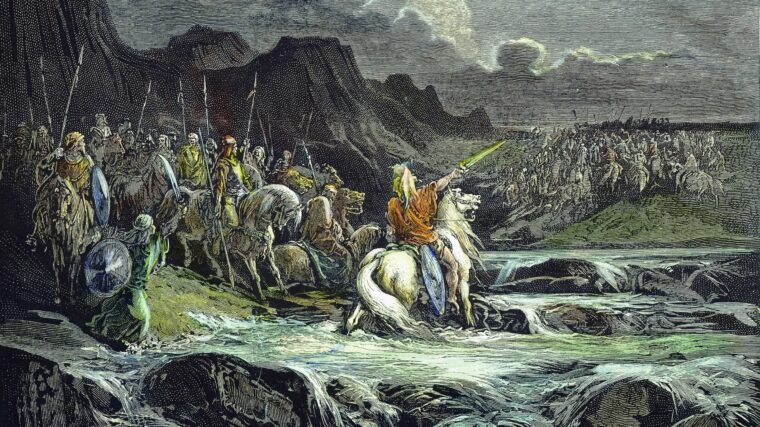
Ancient Rome
By 167 bc, when a full-scale revolt erupted in Judea, it had been more than 400 years since an organized Jewish army had taken up arms against an enemy. Read more
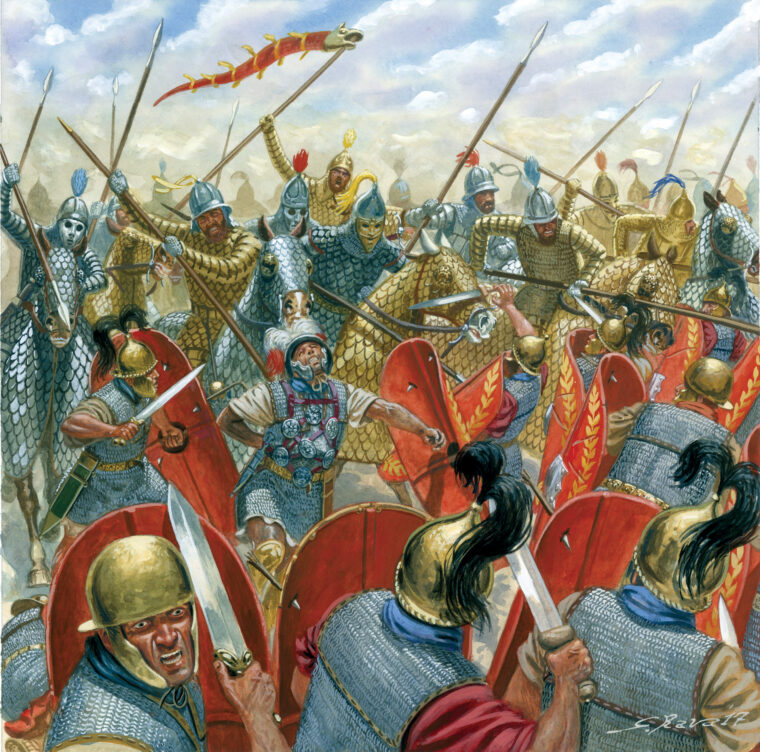
Ancient Rome
Gigantic clouds of dust rose from the sun-baked plain. The ground shook under the hoofs of thousands of cavalry. Read more
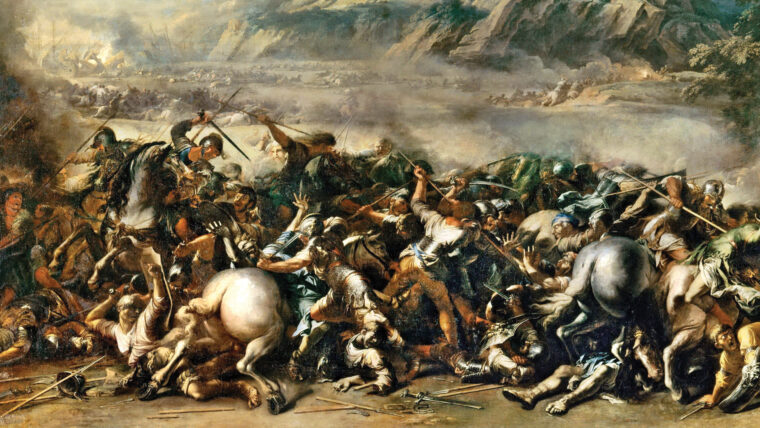
Ancient Rome
Gnaeus Pompey was one of the pivotal Roman leaders during the last decades of the Republic. He was born into an old and wealthy provincial family from Picenum on September 29, 106 BC. Read more
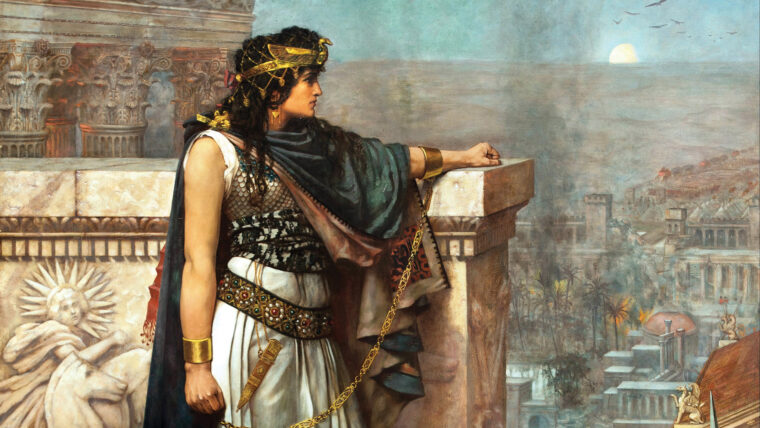
Ancient Rome
The pages of history tend to dwell on the men who created empires. No matter how ephemeral may be the famed exploits of an Alexander, Caesar or Napoleon, historians have written volumes on their behalf. Read more
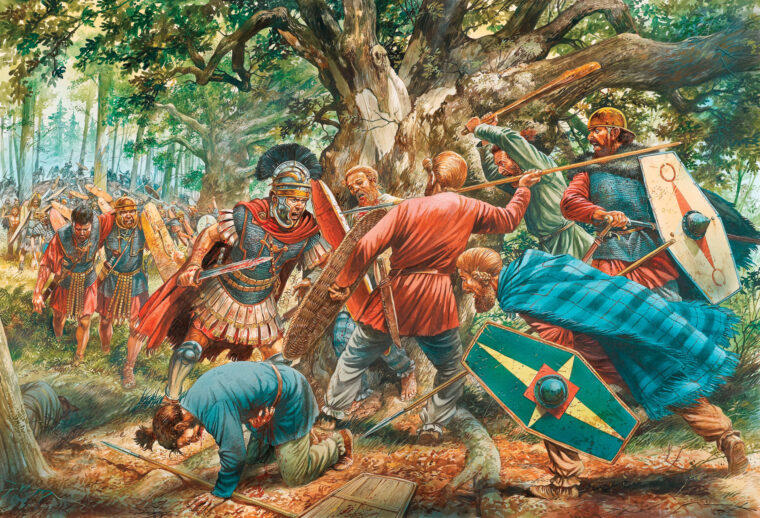
Ancient Rome
As part of tribal obligations to appease Rome, Segimer, the powerful Cherusci chief, surrendered his sons Arminius and Flavus to the Roman emperor Augustus. Read more

Ancient Rome
In AD 451, Attila the Hun, by then known to terrified Western Christians as the “scourge of God,” crossed the Rhine River in command of a multi-ethnic army. Read more
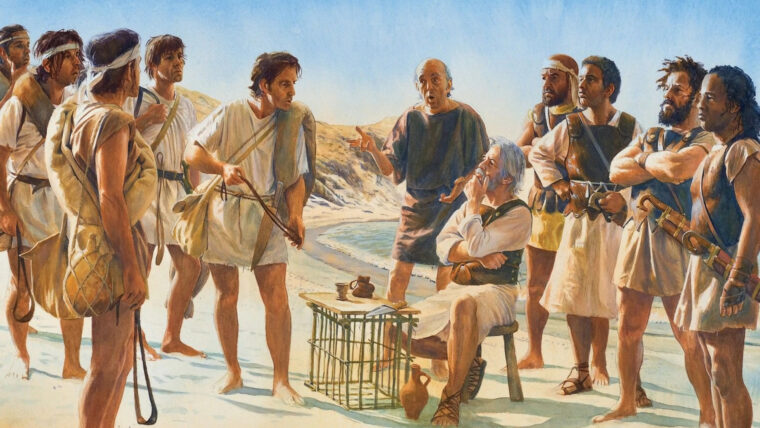
Ancient Rome
More than 3,000 years ago, an army of Israelites led by King Saul confronted a force of Philistine invaders in the valley of Elah. Read more
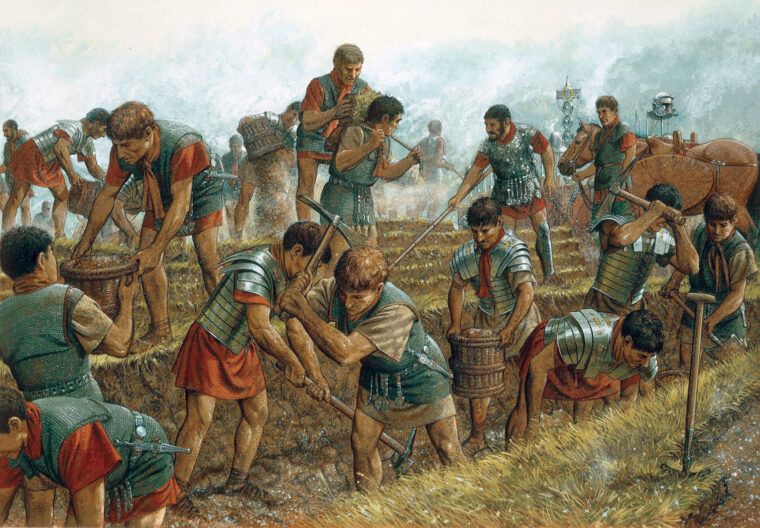
Ancient Rome
As Julius Caesar’s Roman army began its march on a late summer day in 52 BC in eastern France it discovered Gallic cavalry barring the way of its vanguard. Read more
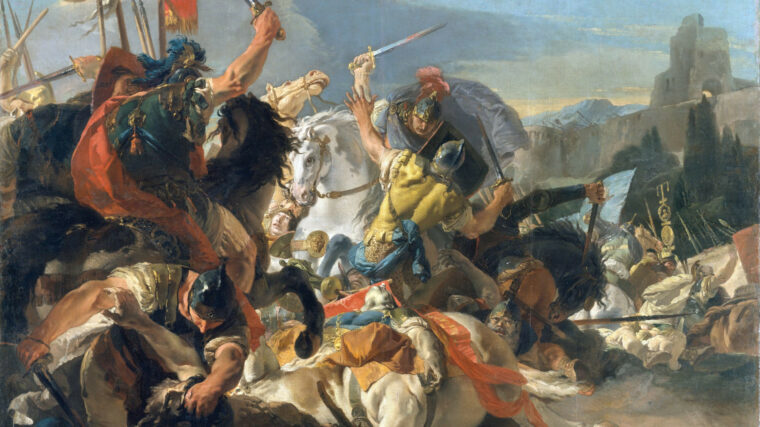
Ancient Rome
In 102 bc, a disturbing report circulated through Rome that the people they called Cimbri and Teutones had crossed the Alps. Read more
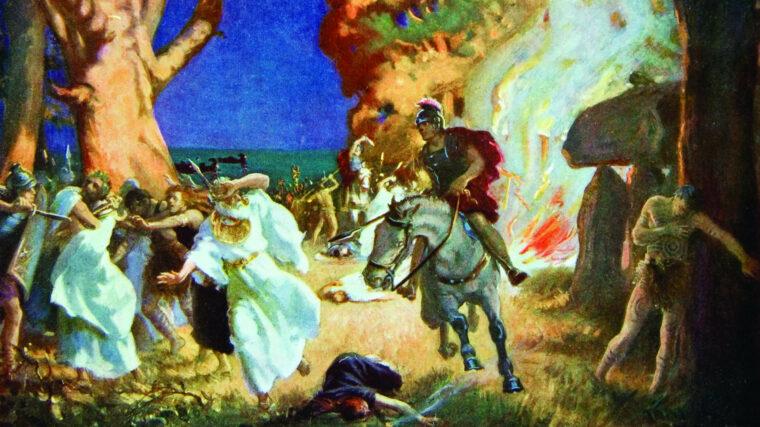
Ancient Rome
The name Gaius Suetonius Paulinus doesn’t ring across the centuries from the annals of Roman military history like the names of Julius Caesar, Tiberius Nero, or Scipio Africanus. Read more
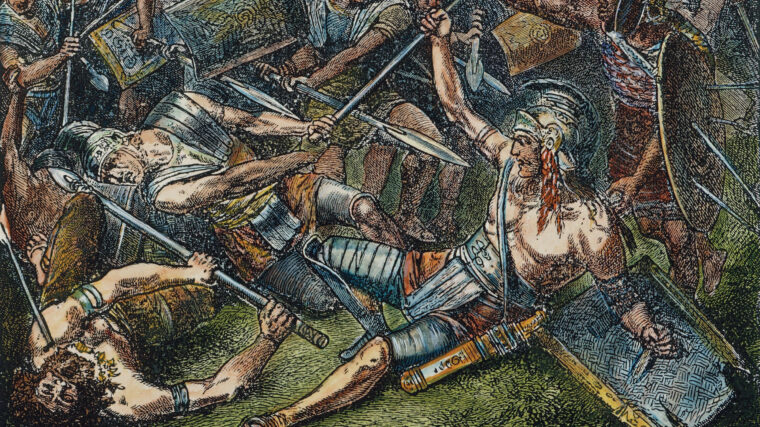
Ancient Rome
In the spring of 73 bc, Thracian gladiator Spartacus decided that the time was right to attempt an escape. Read more
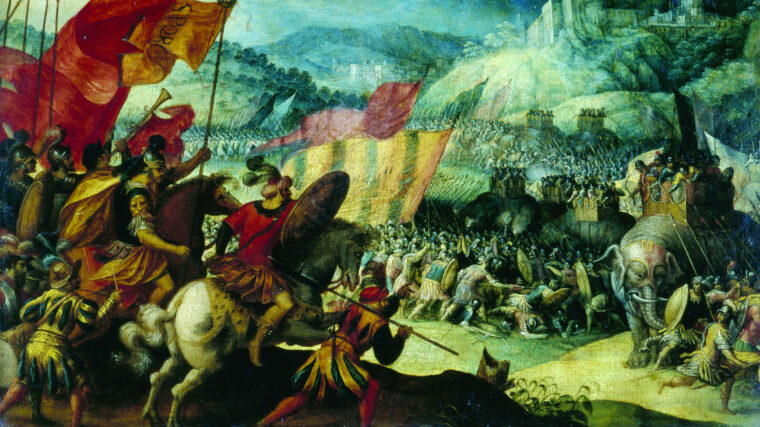
Ancient Rome
Although Hannibal Barca has rightly been hailed as one of history’s greatest military commanders, his reputation for greatness is based largely on his performance in the first three years (218-202 bc) of the 16-year conflict known as the Second Punic War. Read more
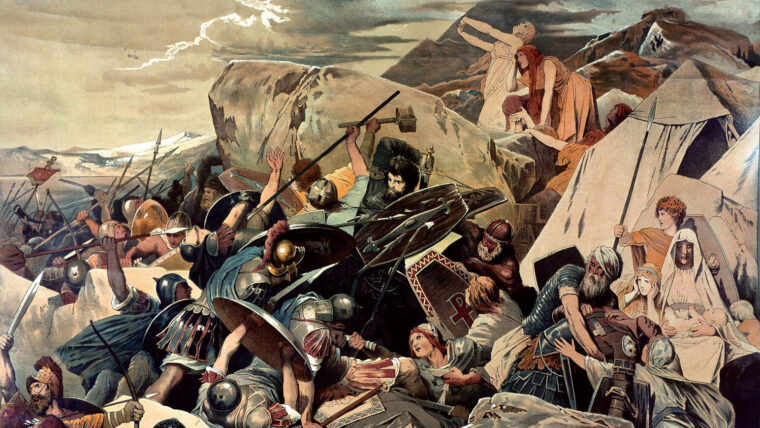
Ancient Rome
On January 18, ad 532, a 54-year-old eunuch by the name of Narses, described by Agathias, a contemporary chronicler, as “small in stature and of abnormal thinness,” entered alone into the Hippodrome of Constantinople carrying a bag of gold. Read more